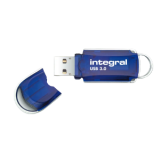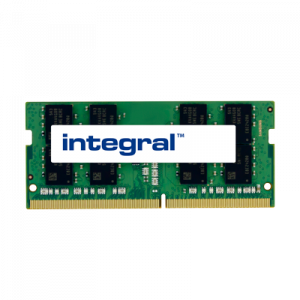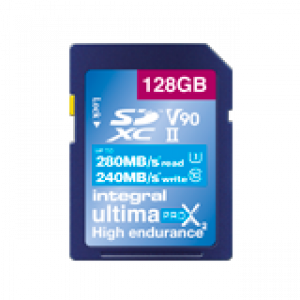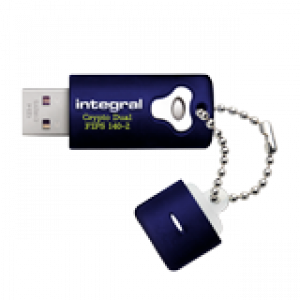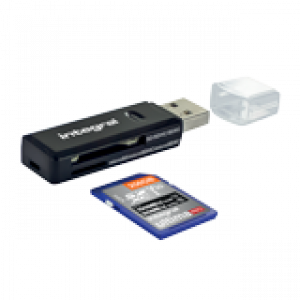There may be a few reasons why your drive’s capacity may be lower than stated.
The first is that when your operating system formats your drive, it leaves some overhead storage for the file system, boot data, wear levelling, and “shadow storage”.
Second, computers and laptops often come with several partitions, including a hidden recovery partition. There is a chance that some of the space is taken up by this recovery partition.
The third, and the main reason, is due to the difference between how memory manufacturers, PC / Laptop manufacturers, and Windows / Android systems measure storage. Memory manufacturers use a decimal system and PC / Laptop manufacturers & Windows / Android systems use a binary system.
In simple terms:
Memory manufacturers see:
- 1KB = 1000 bytes
- 1MB = 1,000KB (1,000,000 bytes)
- 1GB = 1,000MB (1,000,000,000 bytes)
- 1TB = 1,000GB (1,000,000,000,000 bytes).
PC / Laptop manufacturers and Windows / Android systems see:
- 1KB = 1024 bytes
- 1MB = 1024KB (1,048,576 bytes)
- 1GB = 1024MB (1,073,741,824 bytes)
- 1TB = 1024GB (1,099,511,627,776 bytes)
This difference in measurement leads to a difference in how much space is shown on some PCs, Laptops, and Phones. This difference increases as the capacity of the drive increases between MBs, GBs, TBs.
| Stated Capacity on Drive | Windows PC/Laptop/Android Capacity Shown |
| 1GB | 0.93 GB |
| 2 GB | 1.9 GB |
| 4 GB | 3.7 GB |
| 8 GB | 7.5 GB |
| 16 GB | 14.9 GB |
| 32 GB | 29.8 GB |
| 64 GB | 59.6 GB |
| 128 GB | 119.2 GB |
| 256 GB | 238.4 GB |
| 512 GB | 476.8 GB |
| 1 TB | 0.9 TB |
| 2 TB | 1.8 TB |
| 4 TB | 3.6 TB |
| 8 TB | 7.3 TB |
| 16 TB | 14.6 TB |
